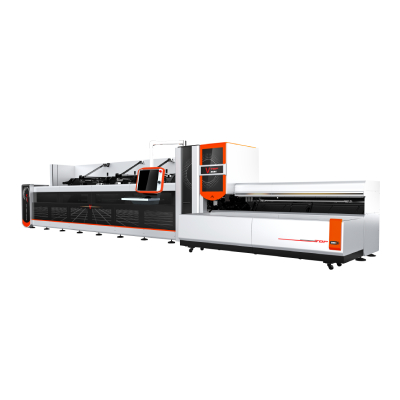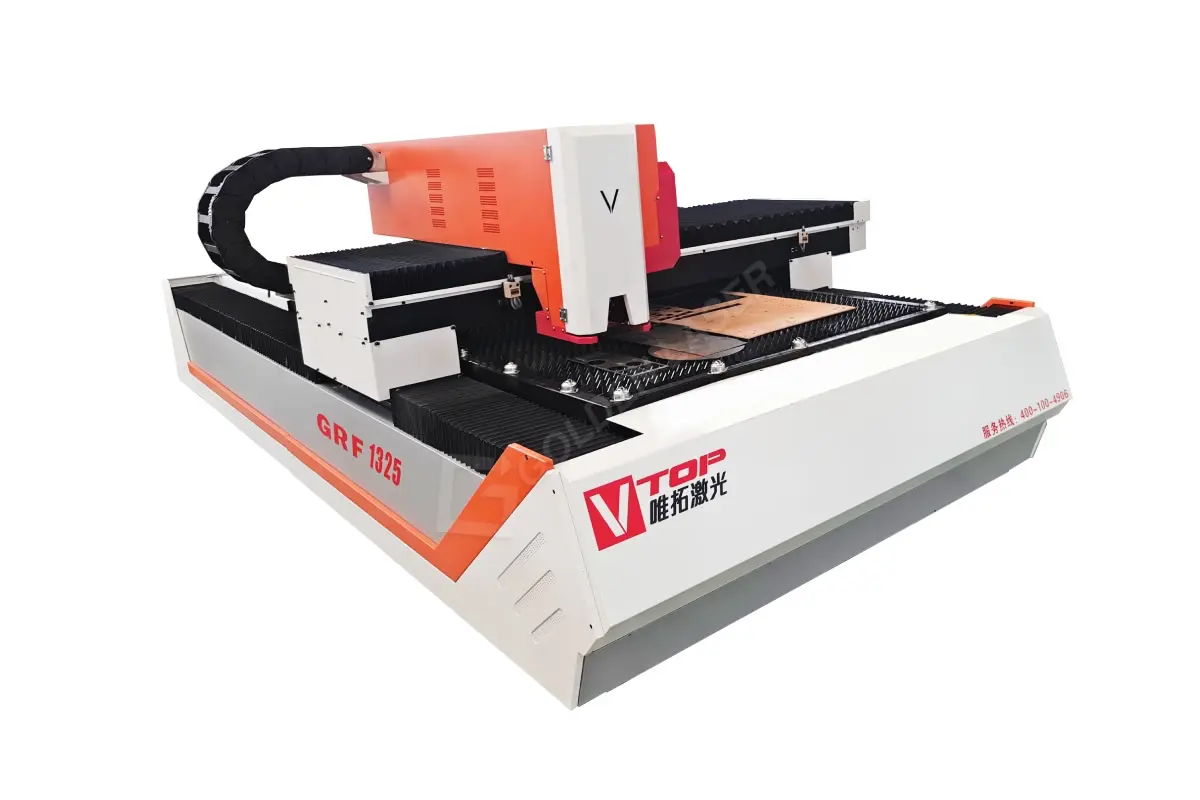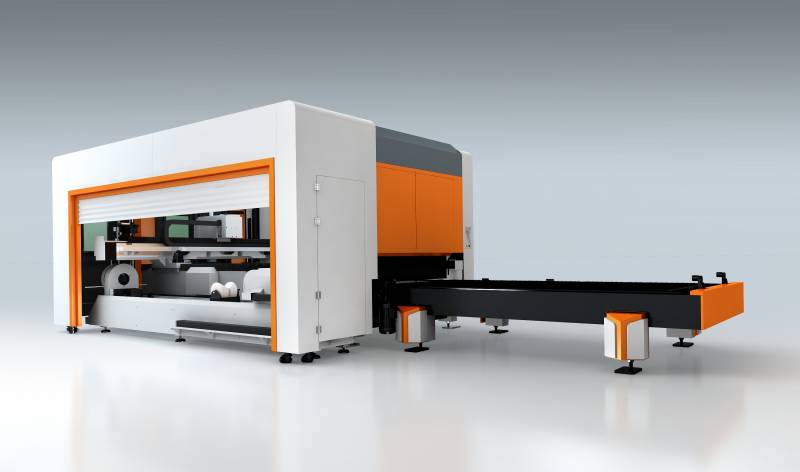****
In today’s fast-paced manufacturing landscape, efficiency and precision are paramount. One technology that has revolutionized the metal processing industry is the laser metal cutter. This innovative tool uses focused laser beams to cut through various types of metals with incredible accuracy, speed, and versatility. As industries continue to seek ways to optimize their production processes, the popularity of laser metal cutters has increased significantly. In this article, we will delve into the benefits, working principles, and diverse applications of laser metal cutters, highlighting why they are becoming fundamental assets in modern manufacturing.
What is a Laser Metal Cutter?
A laser metal cutter is a machine that uses a high-powered laser beam to slice through metal sheets and components. The fundamental principle behind a laser cutter involves focusing light into an extremely narrow beam, which generates a high temperature capable of melting or vaporizing metal. The process can be controlled and adjusted based on the specific requirements of the cutting task, such as the type of material, thickness, and desired shapes.
Advantages of Laser Metal Cutters
1. Precision and Accuracy
One of the primary advantages of laser metal cutters is their ability to achieve high precision and accuracy. The focused laser beam allows for intricate designs and patterns to be cut without the risk of inaccuracy. This is particularly beneficial for industries that require detailed and complex components, such as aerospace, automotive, and electronics.
2. Speed and Efficiency

Understanding the Advantages and Applications of Laser Metal Cutters in Modern Manufacturing Processes
Laser cutting is significantly faster than traditional cutting methods. The high cutting speed and minimal material waste contribute to improved overall efficiency in manufacturing processes. Additionally, laser cutters can operate continuously, leading to reduced cycle times and increased productivity.

Understanding the Advantages and Applications of Laser Metal Cutters in Modern Manufacturing Processes
3. Versatility
Laser metal cutters are incredibly versatile and can work with a variety of metals, including stainless steel, aluminum, copper, and even metal alloys. This flexibility enables manufacturers to handle different projects without needing multiple machines or tools.
4. Minimal Heat Affected Zone
Unlike traditional cutting processes, laser cutting generates a minimal heat affected zone (HAZ). This means that the surrounding material is less likely to be damaged during the cutting process, preserving the integrity of the metal and ensuring cleaner cuts with less burr formation.
5. Lower Operational Costs
Although the initial investment in laser cutting technology can be significant, the long-term savings are substantial. The efficiency of the laser cutting process, combined with reduced material waste and lower labor costs, makes laser metal cutters an economically viable option for many manufacturers. Furthermore, advanced software systems can optimize the cutting process, enhancing cost-effectiveness.
Applications of Laser Metal Cutters
The applications of laser metal cutters are vast and varied, making them an invaluable tool across numerous industries. Some common applications include:
1. Automotive Industry
Laser metal cutters play a crucial role in the automotive industry, allowing for the precise cutting of components such as chassis parts, brackets, and intricate designs for both exterior and interior elements. The ability to handle high volumes without compromising quality makes laser cutting an ideal solution for automotive manufacturing.
2. Aerospace Sector
In the aerospace sector, precision is non-negotiable. Laser metal cutters are employed to create lightweight yet strong structural parts, ensuring safety and performance. The ability to produce complex shapes often required in the aerospace field is another key benefit.
3. Electronics Manufacturing

Understanding the Advantages and Applications of Laser Metal Cutters in Modern Manufacturing Processes
Laser cutting is widely used in the electronics industry for producing small, intricate components. The precision offered by laser cutters is essential for creating circuit boards, enclosures, and connectors, ensuring that parts fit perfectly within electronic devices.
4. Metal Fabrication
From furniture to art pieces, laser metal cutters are popular in bespoke metal fabrication projects. Artists and designers utilize laser cutting technology to create intricate designs, allowing for a level of creativity that would be difficult to achieve with traditional methods.
Conclusion
Laser metal cutters have transformed the way industries approach metal cutting, providing unmatched precision, efficiency, and versatility. As manufacturing continues to advance, laser cutting technology is likely to become even more integrated into various processes, allowing businesses to remain competitive in an ever-evolving marketplace. With benefits spanning cost savings to reduced waste and enhanced capabilities, it is evident that laser metal cutters are here to stay as a cornerstone of modern manufacturing practices. Golden Fiber Laser Metal Cutting Machine
